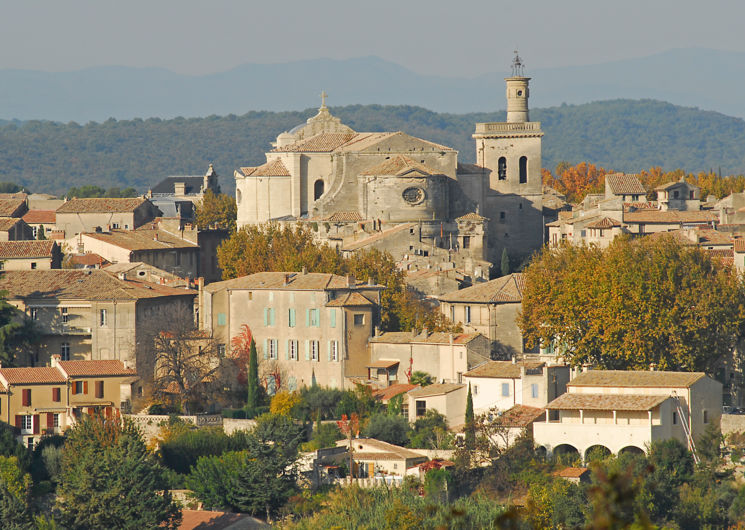Uzès
UZES , Gard – Cultureel erfgoed
Over
Classified as a “Ville d’art et d’histoire” and one of France’s 1st “secteurs sauvegardés”, the historic center of Uzès is sure to charm you.
Discover the Duchy of Uzès, the Cathedral, the Medieval Garden, the Place aux Herbes and the Eure Valley.
The milestones in the history of Uzès, from Roman times to the present day.
Ucetia, a city of water
The first traces of human settlement in Uzès were found on the banks of the Alzon, around the Eure spring. At the beginning of our era, the Romans captured abundant water here. It was carried to Nîmes by a 50 km aqueduct, of which the Pont du Gard is the most remarkable part.
Uzès, city of bishops
The bishopric of Uzès was created in the 5th century A.D. on the model of Roman organization. Until the French Revolution, the bishops of Uzès were said to have coined money and administered justice: prerogatives that testify to their great power. In the 18th century, the diocese of Uzès comprised 193 parishes, making it one of the largest in the Languedoc region.
Uzès, past and present
Uzès, 1st Duchy of France
In 1229, Languedoc, of which Uzès is a part, became part of the French crown. In 1565, Charles IX elevated the Comte de Crussol to the dignity of duke to ensure his loyalty to the crown. In 1632, the Duc d’Uzès became 1st Duke of France. The Duchy, located in the heart of the town, still belongs to the ducal family, who have lived there for over 1000 years.
Uzès, Huguenot
In the 16th century, Uzès was the fifth-largest Protestant city in the kingdom. But the Uzès temple was destroyed during the Wars of Religion. In 1685, Louis XIV revoked the Edict of Nantes: Uzès Protestants either converted or chose to emigrate throughout Europe.
Uzès in the industrial revolution
Uzès and the surrounding area were home to numerous mills, now in ruins, but which had been used since the 15th century to manufacture serges and woollen cloth, leather and silk. But silkworm disease led to the decline of sericulture, which employed some 2,000 people in Uzès until the end of the 19th century. It was then that the railway station was set up outside the town, and two new activities were developed: the production of utilitarian and artistic ceramics, and licorice-making. These activities still exist today: Zan, the flagship of Uzès’ licorice factories, has become Haribo – Ricqlès – Zan, and the Pichon family’s pottery, present in Uzès since 1802, perpetuates tradition and know-how and contributes to making Uzès an internationally renowned destination.
Uzès, past and present
Beautiful Uzès
In the 20th century, Uzès was given a new lease of life when its city center was designated a “protected area” on January 5, 1965. Since then, Uzès has continued to embellish itself: streets have been paved, electrical wires have been hidden, 12 hectares of property were restored in 1965, and today 41 hectares of the town have been classified under the Malraux law. Since the early 1950s, economic development has picked up again, thanks to tourism and the installation of major establishments such as the departmental psychiatric hospital and the new local hospital, the Haribo company, the Haras National stud farm and numerous SMEs. Classified as a “Ville d’art et d’histoire” since November 2008, Uzès enjoys an international reputation, and visitors from all over the world come to stroll its streets and admire its heritage.
Source: https://www.uzes.fr/Uzes-d-hier-a-aujourd-hui_a42.html
Gesproken talen : Frans
Met de liO bus of stadsbus
A moins de 10 mn à pieds de l’arrêt UZÈS – Le Refuge !
Cet arrêt est situé sur les lignes :
Environ 10 min (854 m).
Calculez votre itinéraire pour votre voyage en Occitanie avec les trains ou les cars Lio
Calcul itinéraires et recherche horaires

